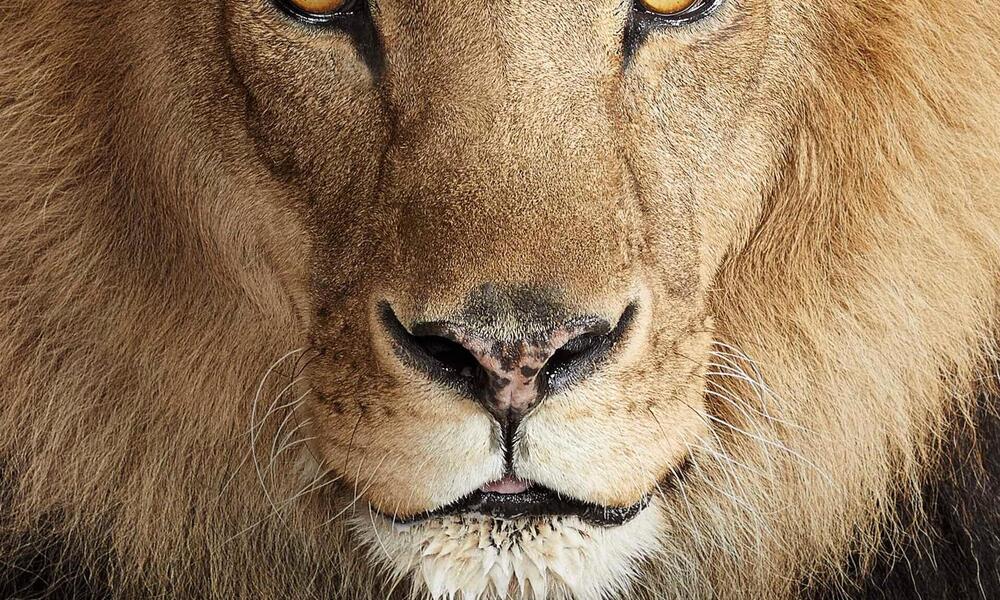Genetics and Lineage: Tracing the Family Tree of Lions
"Genetics and Lineage: Tracing the Family Tree of
Lions"
In the heart of Africa's vast savannas and the remote
corners of the Indian subcontinent, the lion roams as a regal emblem of the
wild. Yet, beneath its majestic exterior lies a hidden tapestry woven by the
threads of genetics and lineage—a story that unveils the intricate connections,
migrations, and diversifications that have shaped the family tree of lions.
Through the lens of modern genetics, scientists are unraveling the secrets of
lion ancestry, revealing a tale of evolutionary triumphs, challenges, and
adaptations. This article embarks on a genetic journey, tracing the lineage of
lions and delving into the genetic markers that tell the story of their
remarkable journey through time.
Lions: A Pan-African Heritage
The lineage of lions stretches across time and geography,
reflecting their widespread distribution and ability to adapt to diverse
environments. Genetic studies have shed light on the evolutionary journey of
lions and their ancestral roots.
1. African Origins: Genetic analyses indicate that
lions originated in Africa, with the earliest ancestors dating back around
118,000 to 124,000 years ago. These ancestral lions were likely solitary or
lived in small groups, gradually evolving into the social structures we see
today.
2. Migration and Diversification: As ancient lion
populations expanded and migrated, they encountered various landscapes and
ecological niches. This led to the emergence of distinct subspecies adapted to
different regions, such as the Barbary lion in North Africa and the Asiatic lion
in the Indian subcontinent.
3. Evolution of Social Behavior: Genetic research
suggests that the transition from solitary to social behavior among lions is
linked to changes in their genetics. Social living allowed for cooperative
hunting, territorial defense, and the development of pride structures—a key
feature of modern lions.
Genetic Signatures and Diversity
The study of lion genetics provides insights into their
diversity, relationships, and adaptations to local environments.
1. Mitochondrial DNA: Mitochondrial DNA (mtDNA)
analyses reveal maternal lineages and the evolutionary relationships among lion
populations. These studies have helped identify distinct genetic clusters, such
as the Central and West African lions, which have unique genetic markers.
2. Y Chromosome Analysis: The study of the Y
chromosome provides insights into paternal lineage. It has shown that lions
across different regions share a common paternal ancestor, suggesting
historical gene flow among populations.
3. Hybridization and Conservation: Genetic research
has highlighted instances of hybridization between different lion subspecies,
such as the Barbary lion and the West African lion. Understanding hybridization
informs conservation efforts and captive breeding programs to preserve genetic
diversity.
Challenges and Conservation Implications
Lion populations face myriad challenges, including habitat
loss, human-wildlife conflict, and poaching. Genetic studies contribute
valuable insights to conservation strategies.
1. Genetic Bottlenecks: Some lion populations have
experienced genetic bottlenecks, reducing their genetic diversity. This
phenomenon is of concern, as reduced genetic diversity can impact the
resilience and adaptability of populations to changing environments.
2. Captive Breeding: Captive breeding programs for
lions aim to maintain genetic diversity and potentially reintroduce
captive-bred individuals into the wild. Genetic assessments inform breeding
decisions to prevent inbreeding and maintain the health of captive populations.
3. Connectivity: Genetic studies help identify
genetic connectivity between lion populations, guiding efforts to establish
wildlife corridors and protect migration routes. Maintaining gene flow is
crucial for ensuring the long-term viability of lion populations.
4. Conservation Priorities: The genetic information
gathered through research informs conservation priorities, such as identifying
populations with unique genetic traits that warrant special protection or
management.
Future Directions and Insights
The field of lion genetics continues to evolve, offering new
insights into their history, behavior, and interactions.
1. Ancient DNA: Advances in ancient DNA analysis
allow researchers to study ancient lion remains, providing a deeper
understanding of historical population dynamics and genetic changes over time.
2. Disease Susceptibility: Genetic research can
uncover information about lion populations' susceptibility to diseases, aiding
in the development of disease management strategies.
3. Human-Lion Coexistence: Genetic studies may shed
light on genetic adaptations that allow lions to thrive in close proximity to
human settlements, providing insights into coexistence strategies.
Conclusion
The genetic story of lions is an intricate narrative of
survival, adaptation, and evolution that spans continents and epochs. Through
the lens of genetics, scientists and conservationists are deciphering the
genetic signatures that have shaped the diversity, behavior, and conservation
needs of these iconic predators.
As lions continue to navigate a world of changing landscapes
and human interactions, their genetic heritage offers a roadmap for understanding
their past and shaping their future. The story of lion genetics is a testament
to the interconnectedness of all life forms, highlighting the delicate balance
between nature's intricacies and the responsibilities we bear in preserving the
rich tapestry of Earth's biodiversity.

.jpg)


Comments
Post a Comment